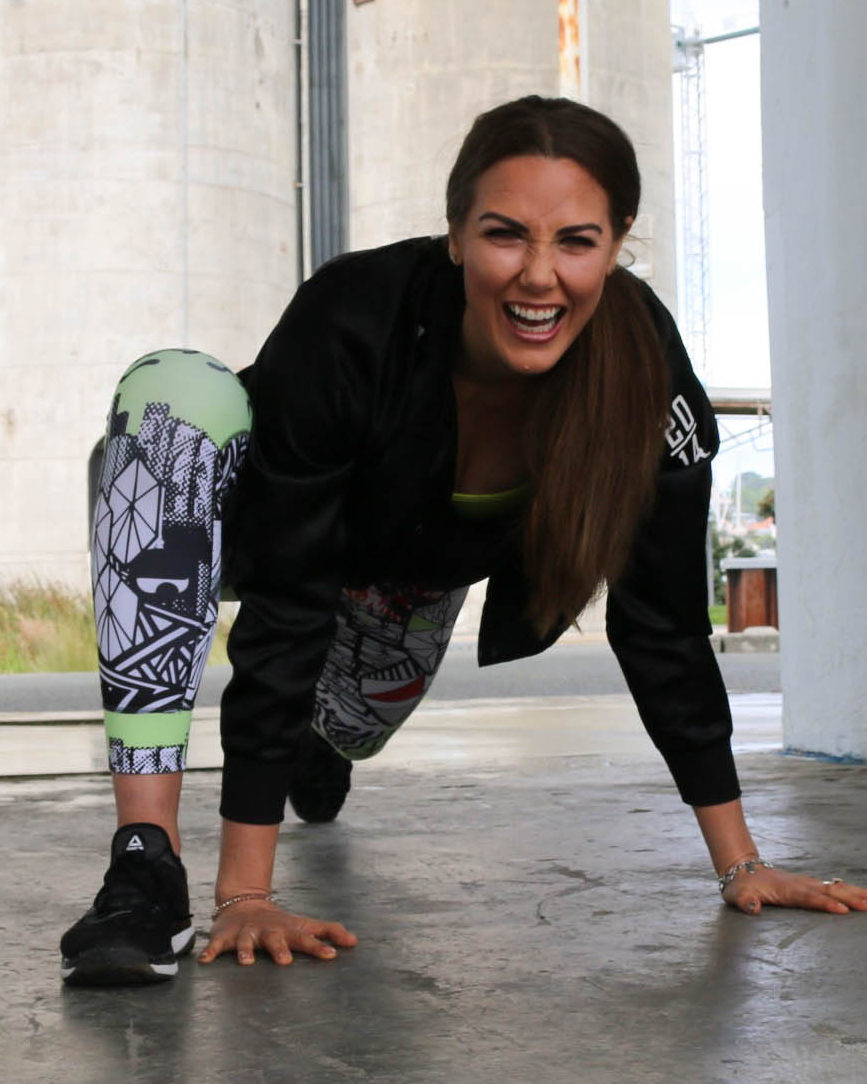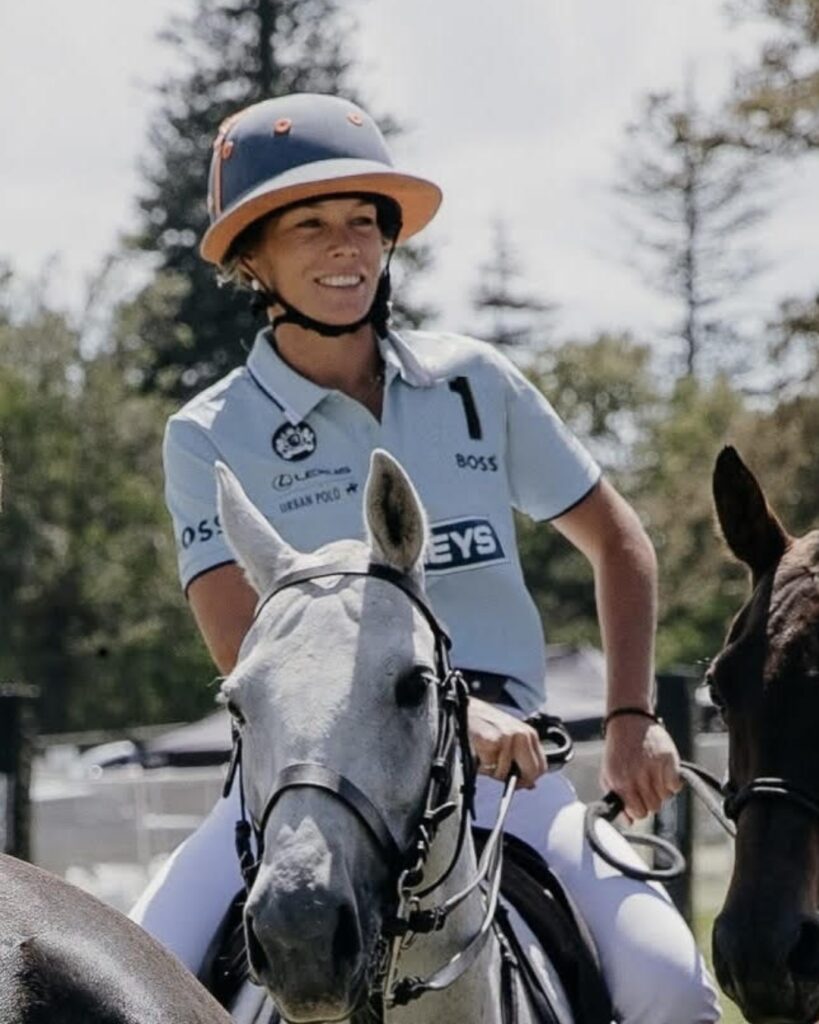No gym membership? No worries! If you’re looking to start exercising at home, but don’t know where to start (or how to get the motivation), we’ve found the personal trainer to get you into gear.
New Zealand fitness expert and trainer Nats Levi didn’t always feel like physical activity came naturally to her, but as a self-confessed shy introvert, she discovered the power of exercise for boosting her confidence and feelings of empowerment.
Now fully qualified, she’s helping women achieve these benefits for themselves through her 4-week personalised exercise programmes and online community. We picked Nats’ brain about how to get started started with working out at home to the beat of your own drum.

How much exercise should we really be doing each day?
Every human is different and responds differently to volume, or how much exercise they do daily. As human beings, we are made to move. You should move once a day. That can be simply walking around and “doing” your life or a fitness routine. Exercise can be meditative and restorative, however , it can also be all-consuming and become an obsession. The key is to listen to YOUR body and go with what feels right. Some people get a benefit from some activity, whatever it is, daily. Others may find doing the recommended 30 minutes, three times a week, is enough to serve their bodies.
The Ministry of Health makes the following statements as guidelines for activity in a week:
1. Sit less, move more! Break up long periods of sitting.
2. Do at least 2 ½ hours of moderate or 1 ¼ hours of vigorous physical activity spread throughout the week.
3. For extra health benefits, aim for 5 hours of moderate or 2 ½ hours of vigorous physical activity spread throughout the week.
4. Do muscle-strengthening activities on at least 2 days each week.
5. Doing some physical activity is better than doing none.
Watch Kirsty Godso share her favourite anytime, anywhere workout:
Many at-home workout programs recommend talking to your doctor before you begin… Is this really necessary?
If you are currently active or moving it may not be necessary. However, if you have been sedentary for a while or your health situation has changed, it is a good idea to get cleared first. Likewise, if the activity you are undertaking at home is completely new or outside your comfort zone or capability, it’s wise to get medical clearance. If an at-home programme is recommending this practice of medical clearance or a screening process of some sort, this shows a level of professionalism and due diligence. Rather than an annoyance, look at this as evidence you can trust the program has your best interests at heart.
What type of at-home exercises / workouts would you recommend for people just starting out?
Body-weight training is can be a highly effective and simple addition to your daily life. This could be any style of training from yoga to conditioning circuits from an app or tailored program, or a walk/jog/run outside. Try not to get too hung on the type or style of training and just move. Find joy in the movement and effort you are putting into your wellbeing. The rest (such as aesthetics, if that’s your thing) will come.
Many at-home workouts don’t require any equipment. Can you really get good results from doing body-weight training alone?
You absolutely can! Results come from the consistency of effort and constantly keeping your body guessing.
What are some common mistakes people make working out at home to apps or YouTube videos?
Misjudgement of your capabilities or not understanding the movement coordination involved is a big one. Keep it simple. Work on the basics of human movement first; push, pull, press, lunge, squat, bend, twist, and gait (walk/jog/run/combination). Take your time and work on a sustainable lifestyle rather than cramming lots into a week when the energy and motivation is high. Motivation will fade but the schedule and habit of exercise will stay and bring the desired results.
How can you tell if you’re doing a workout wrong if there’s no trainer present?
Filming yourself and comparing your movement to the instructional footage is a great idea; providing the instructor has great technique of course. Watch things like ankle, knee and hip movement, body posture, and alignment, where their body is in space and where they start and stop their motion (range). Also, bear in mind someone who is 5″2 will move very differently and have a different setup/ alignment/ posture to someone who is 6″5. If it causes pain in the body, don’t do the move. Burning muscles from fatigue and exercise challenge is ok, anything different from this feeling should be cause for concern.
Motivation can be a tough one when it comes to being responsible for your own fitness plan. Do you have any tips for upping the enthusiasm factor?
Set goals that are small and achievable. Celebrate these small wins so you build positive momentum to keep you driving towards your bigger goal. Most importantly, set a “why”. Why is it you want to achieve your goal? What is the deep burning emotional desire that is attached to your goal? When your “why” is big enough in meaning and you are honest with yourself, you will stay not necessarily motivated but driven to change your current health and fitness.










